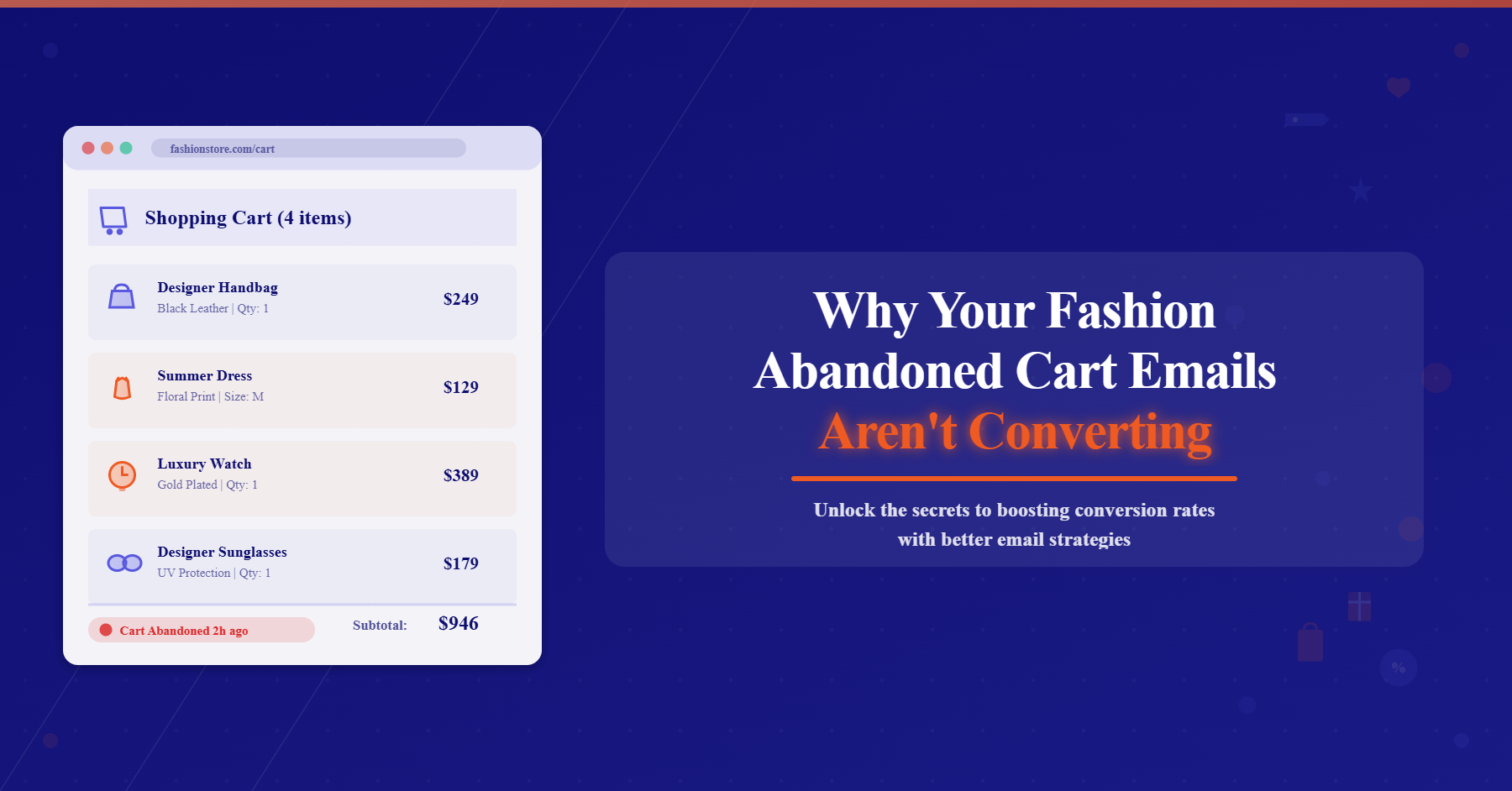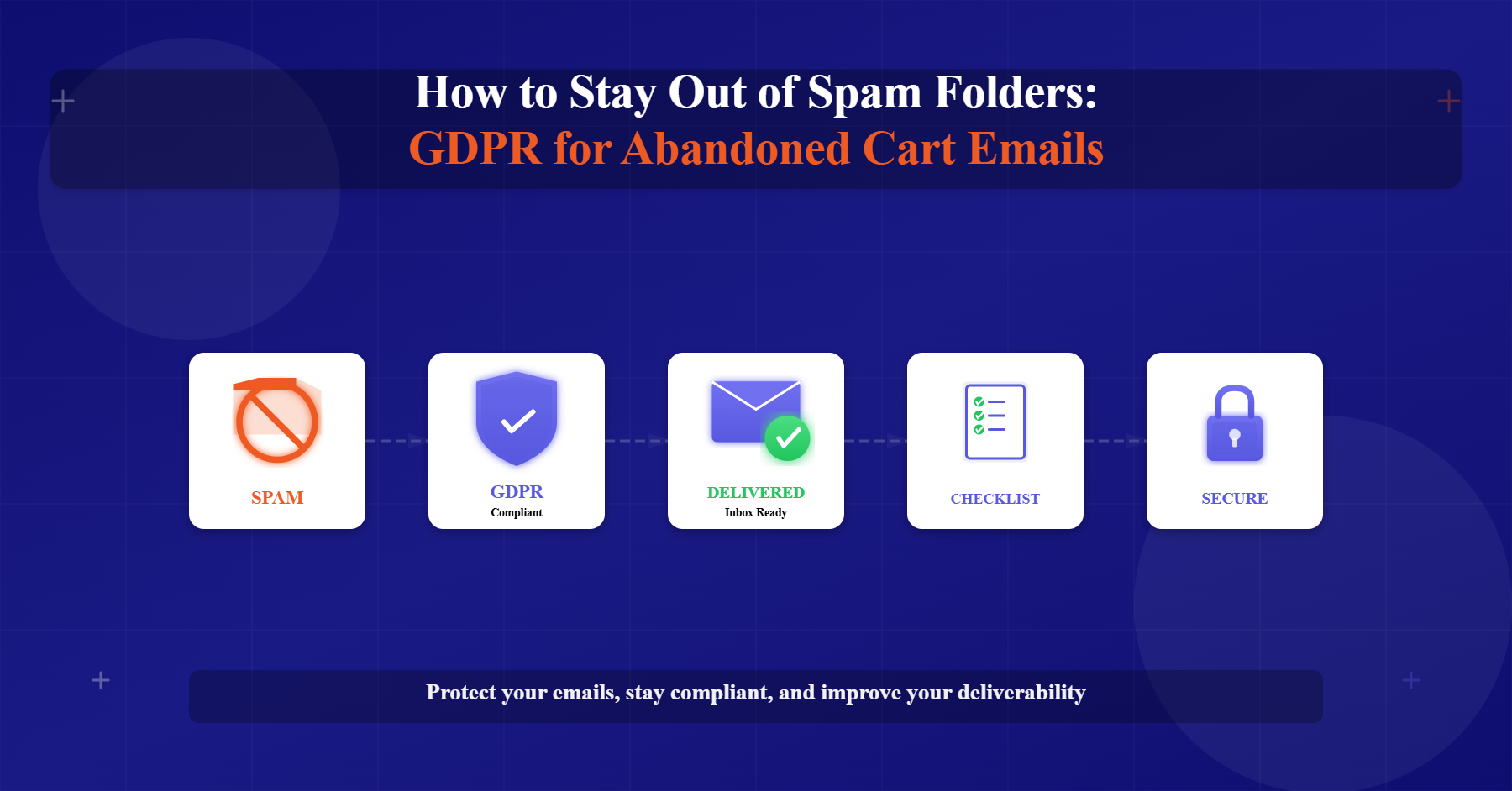Building trust with consumers is essential for any eCommerce brand’s long-term success. It’s the invisible thread that keeps customers coming back, even when they have plenty of other options. Trust turns a one-time shopper into a loyal customer, and loyal customers are what grow businesses into beloved brands. So how can you, as an eCommerce store owner, build this trust and establish a relationship that lasts?
In this guide, we’ll dive into the heart of consumer trust—what it means, why it matters, and how you can cultivate it. Along the way, we’ll offer actionable tips tailored to your business, keeping in mind the personalized and human approach that defines TargetBay’s voice.
Why Trust Matters More Than Ever
With endless options available to consumers, trust has become the new currency in eCommerce. The truth is, building a memorable brand is not just about product quality or competitive pricing anymore. It’s about creating meaningful connections with your customers—connections built on honesty, reliability, and consistency.
Online Assignment Expert offers professional guidance for students seeking E Commerce Assignment Help. Their experts assist in understanding digital marketing strategies, SEO techniques, online branding, and social media marketing. With customized solutions, plagiarism-free content, and timely delivery, Online Assignment Expert ensures students excel in their E Commerce Assignment Help and achieve academic success.
When a customer trusts your brand, they’re more likely to:
- Choose you over competitors (even if others offer similar or better deals)
- Forgive mistakes (like a delayed order or an incorrect item)
- Recommend your brand to others (word-of-mouth referrals are gold!)
- Engage more deeply with your content, promotions, and loyalty programs
But here’s the thing—trust isn’t built overnight. It requires intentionality, consistency, and a customer-first mindset. Let’s explore some proven strategies to build trust in a way that feels authentic and aligned with your brand values.
1. Be Transparent and Honest
One of the quickest ways to earn (or lose) trust is through transparency. Customers appreciate brands that are open and honest. Whether it’s about your pricing, policies, or even your environmental practices, consumers want to feel like they’re dealing with a brand that has nothing to hide.
How to do it:
- Be upfront about costs: Hidden fees at checkout can quickly erode trust. Ensure all pricing, including taxes and shipping costs, is clearly communicated.
- Acknowledge mistakes: If you mess up (and it happens to the best of us), own it. Send a heartfelt apology, explain what went wrong, and offer a solution.
- Share your process: Whether you’re sourcing sustainable materials or using ethical manufacturing processes, be open about how your products are made. Consumers love a good behind-the-scenes story.
Example from TargetBay: If your customers leave a negative review, don’t panic—embrace it. Responding to reviews in an open and empathetic manner shows that you’re committed to improvement and that you care about each customer’s experience.
2. Build a Strong Brand Identity
Consistency breeds trust. If your brand is constantly changing its tone, look, or messaging, customers can feel disconnected or unsure of what you stand for. A strong, consistent brand identity helps consumers feel confident in their choices and reassures them that they’re making the right decision by choosing you. Many businesses rely on premium branding agencies to craft and maintain this consistent, high-quality identity.
How to do it:
- Define your brand’s voice: Is your brand friendly, authoritative, playful? Decide how you want to sound and stick to it across all platforms—whether it’s social media, email marketing, or customer service interactions.
- Stay visually consistent: Your colors, fonts, and logo design should be instantly recognizable across all channels. Consistency creates a sense of reliability.
- Tell your brand’s story: Share your mission, vision, and values. Let your customers in on what drives your business, and they’ll feel more connected to your brand.
Example from TargetBay: Our brand is rooted in simplifying marketing for eCommerce businesses. Whether we’re talking about email automation, reviews, or loyalty programs, our voice remains personable, supportive, and expert—making customers feel at ease.
3. Leverage Social Proof
Trust comes easier when customers see that others trust you too. Social proof, whether in the form of reviews, testimonials, or user-generated content, is an incredibly powerful trust-building tool. It shows potential customers that people just like them have had positive experiences with your brand.
How to do it:
- Highlight reviews: Display customer reviews prominently on your product pages. For new visitors, reading about others’ experiences can be the reassurance they need to make a purchase.
- Share testimonials: Feature stories or quotes from satisfied customers across your website and social media. Real stories help humanize your brand.
- Encourage user-generated content: Invite customers to share photos of themselves using your products. You can then repost this content on your brand’s social media to show off how much your community loves your products.
Example from TargetBay: We encourage eCommerce brands to use tools like BayReviews to collect authentic customer feedback. Positive reviews and ratings provide undeniable proof that your brand delivers on its promises.
4. Focus on Customer Experience
At the end of the day, customers want a smooth and enjoyable shopping experience. From the moment they land on your website to the day their order arrives, every touchpoint should be designed with the customer’s needs in mind. A seamless customer experience builds trust by showing that you care about making their journey with your brand as effortless as possible.
How to do it:
- Optimize your website: Make sure it’s easy to navigate, mobile-friendly, and quick to load. Clunky websites make customers question whether they’re dealing with a legitimate business. If you don’t have the in-house technical resources, consider partnering with an agency or Dedicated Software Development Teams to build a secure, high-performing storefront that your customers can trust.
- Offer multiple support channels: Be available where your customers are—whether that’s live chat, email, or social media. Prompt and helpful support builds confidence.
- Keep customers informed: From shipping confirmations to delivery updates, proactive communication is key. Customers appreciate being kept in the loop.
Example from TargetBay: Our email and SMS marketing tools help brands stay connected with their customers at every step of the buying process, ensuring a seamless and personalized experience.
5. Be Consistent with Product Quality
It sounds simple, but delivering high-quality products consistently is one of the most effective ways to build trust. When customers know they can rely on your products to meet or exceed their expectations, they’ll keep coming back—and they’ll tell others.
How to do it:
- Set and maintain standards: Whether it’s sourcing high-quality materials or ensuring thorough product testing, always aim to meet the high standards you’ve set.
- Stand behind your products: Offer guarantees or warranties to reassure customers that you stand by what you sell. If something goes wrong, make it right quickly and efficiently.
Example from TargetBay: When we talk about loyalty programs or review management, we emphasize the importance of consistency in delivering value to customers. It’s the repeated, reliable delivery of quality that keeps them loyal.
6. Create Authentic Relationships
Building trust isn’t just about the transactional nature of buying and selling; it’s about fostering real, human connections. Customers today crave authenticity, and brands that make an effort to engage with their audience on a personal level tend to win their trust.
How to do it:
- Engage with customers: Respond to comments, questions, and feedback on social media. Show them there’s a real person behind the brand.
- Personalize your communication: Use customer data to personalize emails and messages. Whether it’s a simple birthday offer or a thank-you note, personalization shows you’re paying attention.
- Give back: Show your values by contributing to causes that align with your brand’s mission. Social responsibility builds trust, especially when customers see that you care about more than just profit.
Example from TargetBay: We personalize every aspect of our marketing approach—from customer emails to loyalty programs—because we know that a personal touch makes a huge difference in building long-lasting relationships.
7. Be Reliable and Consistent
Trust can take years to build but can be lost in a moment. Reliability is the cornerstone of trust. If your customers know they can count on you—whether it’s for timely delivery, quality products, or responsive support—you’ll foster long-term loyalty.
How to do it:
- Meet delivery promises: If you say something will arrive in 3 days, make sure it does. Consistency in delivering on your promises will enhance your brand’s reliability.
- Respond quickly to concerns: A reliable customer support system is crucial. Address customer complaints or issues swiftly and professionally.
Example from TargetBay: Whether it’s our product performance or customer support, we strive to be consistently reliable for the brands we serve, ensuring that their trust in us is well-placed.
Conclusion
Trust is the foundation of any successful brand. By focusing on transparency, consistency, and authentic customer relationships, you can build a brand that consumers not only choose but return to time and time again. In the fast-paced world of eCommerce, trust may just be your most valuable asset. At TargetBay, we believe in creating meaningful connections between brands and their customers—because trust isn’t just something you earn once. It’s something you cultivate every day.






